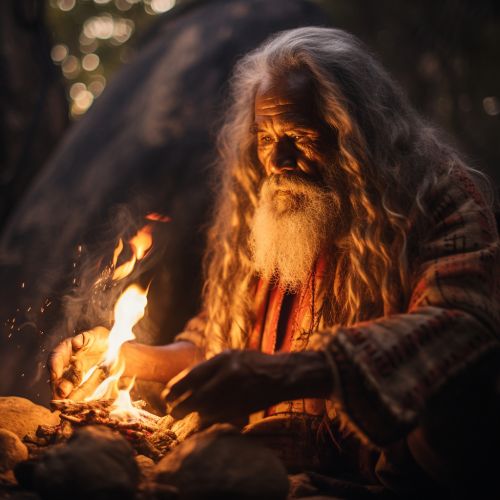Aboriginal Australians
Origins and History
The history of Aboriginal Australians is believed to span over 65,000 years, making them one of the world's oldest living cultures. Archaeological evidence suggests that the first humans arrived in Australia from Southeast Asia during the last Ice Age. The exact timing of their arrival is a matter of debate, but it is generally accepted that they were the first humans to inhabit the Australian continent and its nearby islands.
The Aboriginal Australians were hunter-gatherers, with a complex oral culture and spiritual values based on reverence for the land and a belief in the Dreamtime. The Dreamtime is a term used to describe the Aboriginal understanding of the world, of its creation, and its great stories. The Dreamtime is the Aboriginal understanding of the world, of its creation, and its great stories.
Culture and Beliefs
Aboriginal culture is one of the oldest continuous cultures in the world, characterized by a rich oral tradition, spiritual beliefs, and a strong connection to the land. The Dreamtime stories, which form a significant part of Aboriginal spirituality, explain the creation of the world and its creatures. These stories are passed down through generations and are an integral part of Aboriginal identity.

Aboriginal art, including rock paintings, body painting, and ground designs, often tells a story and is deeply connected to the Dreamtime. The Didgeridoo, a wind instrument, and the Clapstick, a percussion instrument, are significant in Aboriginal music and ceremonies.
Social Structure and Lifestyle
Aboriginal societies were organized into clans, each with its own territory, laws, and religious rites. The social structure was complex, with strict rules governing kinship, marriage, and the responsibilities of clan members. The Aboriginal lifestyle was predominantly nomadic, with groups moving within their territory following seasonal food sources.
Hunting and gathering were the primary means of subsistence for Aboriginal Australians. They developed a variety of tools and hunting techniques, demonstrating a deep understanding of the environment and animal behavior.
Contact with Europeans
The first recorded contact between Aboriginal Australians and Europeans occurred in the early 17th century when Dutch explorers landed on the western coast of Australia. However, it was not until the arrival of the British in 1788 that significant changes began to occur in the Aboriginal way of life.
The British colonization of Australia had a devastating impact on Aboriginal Australians, leading to a significant reduction in their population and the loss of their lands. The introduction of new diseases, conflict with settlers, and policies of forced assimilation led to the disruption of traditional Aboriginal life.
Modern Challenges and Achievements
Despite the challenges faced by Aboriginal Australians in the past and present, they have made significant contributions to Australian society. Aboriginal art, music, and culture have gained international recognition, and there have been notable achievements in politics, sports, and academia.
However, Aboriginal Australians continue to face social and economic disadvantages, including lower life expectancy, higher rates of unemployment, and poorer educational outcomes compared to non-Aboriginal Australians. Efforts are being made to address these issues and to promote the rights and welfare of Aboriginal Australians.
